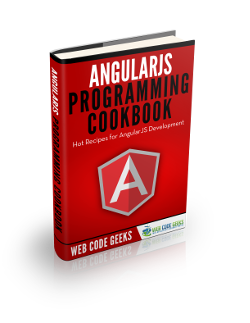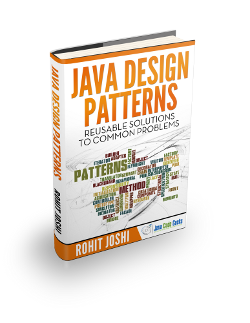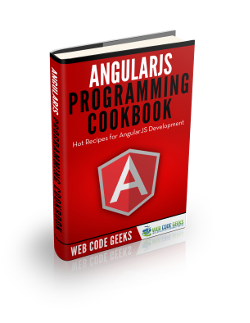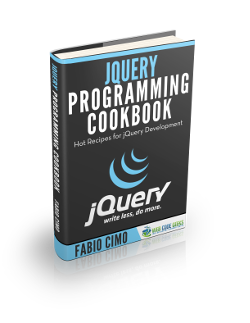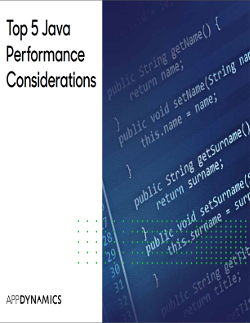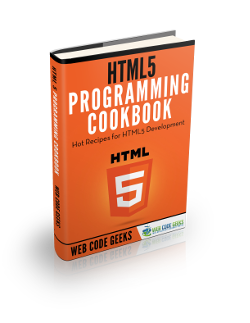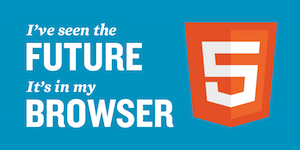Leí un articulo sobre los 15 lenguajes más usados en github y no me lleve ninguna sorpresa, el primero es javascript. Sin duda el lenguaje más de moda en la comunidad open source.
Veamos todos:
| Rank | Language | Pull Requests |
| 1 | JavaScript | 2.3M |
| 2 | Python | 1M |
| 3 | Java | 986K |
| 4 | Ruby | 870K |
| 5 | PHP | 559K |
| 6 | C++ | 413K |
| 7 | CSS | 335K |
| 8 | C# | 326K |
| 9 | Go | 285K |
| 10 | C | 239K |
| 11 | TypeScript | 207K |
| 12 | Shell | 206K |
| 13 | Swift | 107K |
| 14 | Scala | 99K |
| 15 | Objective C | 66K |
Como dice el articulo: "De la lista anterior, podemos inferir que JavaScript es el lenguaje más utilizado entre los desarrolladores de todo el mundo, seguido por Python. GitHub mencionó que Python reemplazó a Java como el segundo idioma más popular en su plataforma, con un 40 por ciento más de solicitudes de extracción abiertas este año que el pasado."
GitHub también ha compartido algunos puntos de vista sobre la mayoría de las organizaciones y proyectos activos por la cantidad de colaboradores únicos, forks y comentarios. Y aquí están los datos sobre ellos.
Un vistazo a los datos anuales de GitHub:
- 24 millones de usuarios totales
- 1,5 millones de organizaciones
- 67 millones de depósitos totales
- 1 mil millones de compromisos públicos desde septiembre de 2016
- 25,3 millones de depósitos activos desde septiembre de 2016
- 1,3 millones de nuevas solicitudes desde septiembre de 2016
Dejo el articulo:
https://curiouspost.com/list-15-popular-programming-languages-used-coders-github/








